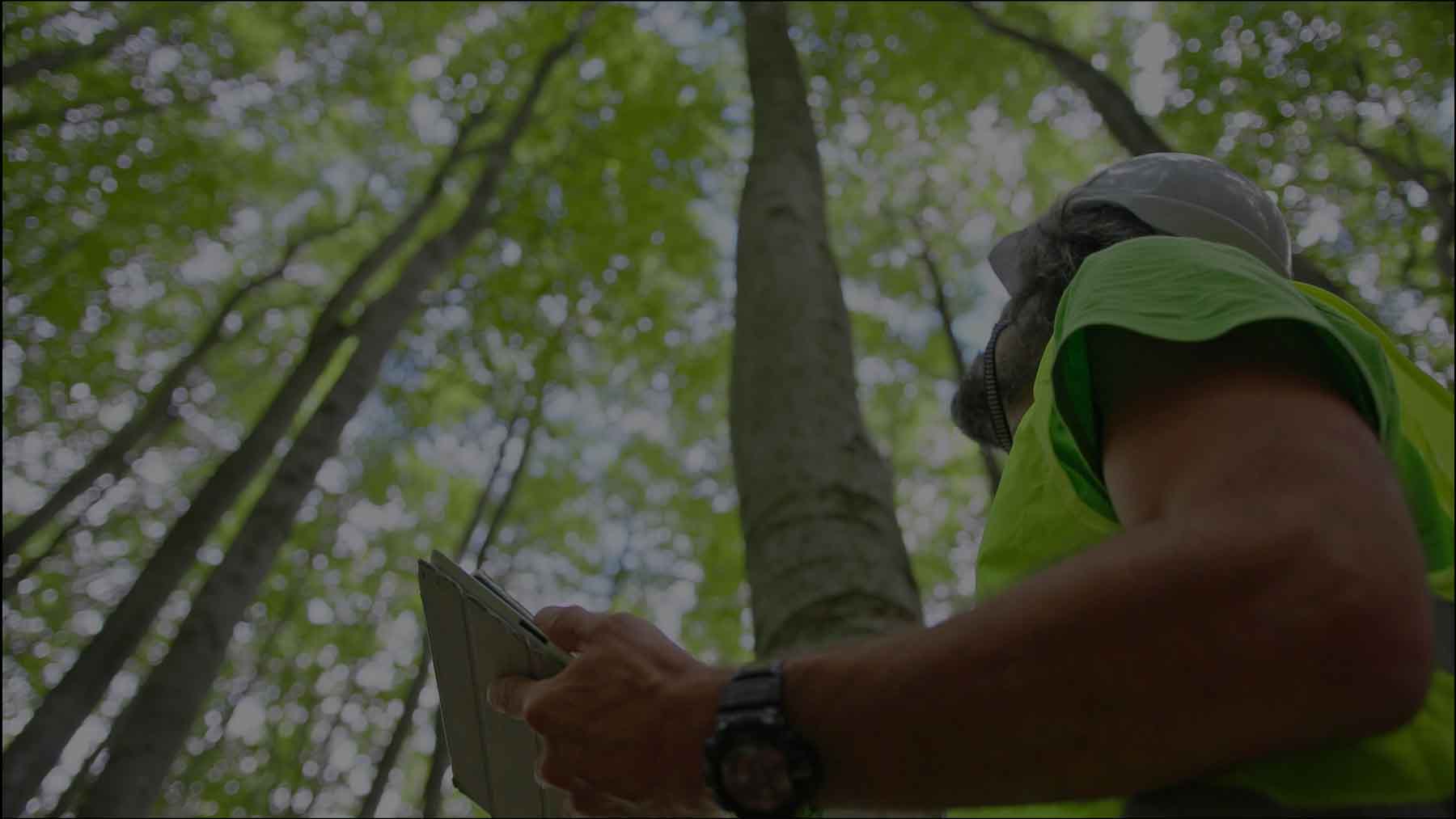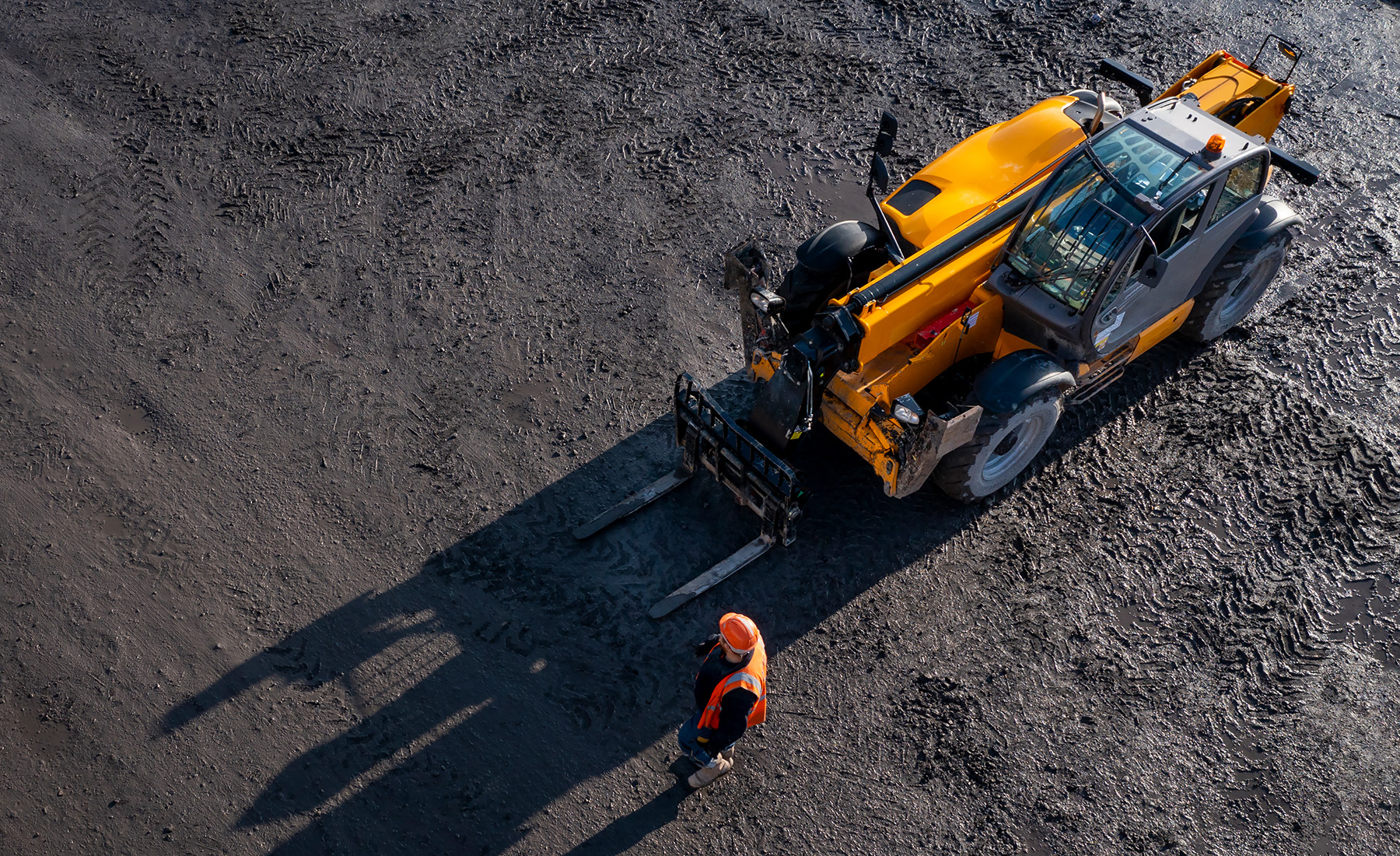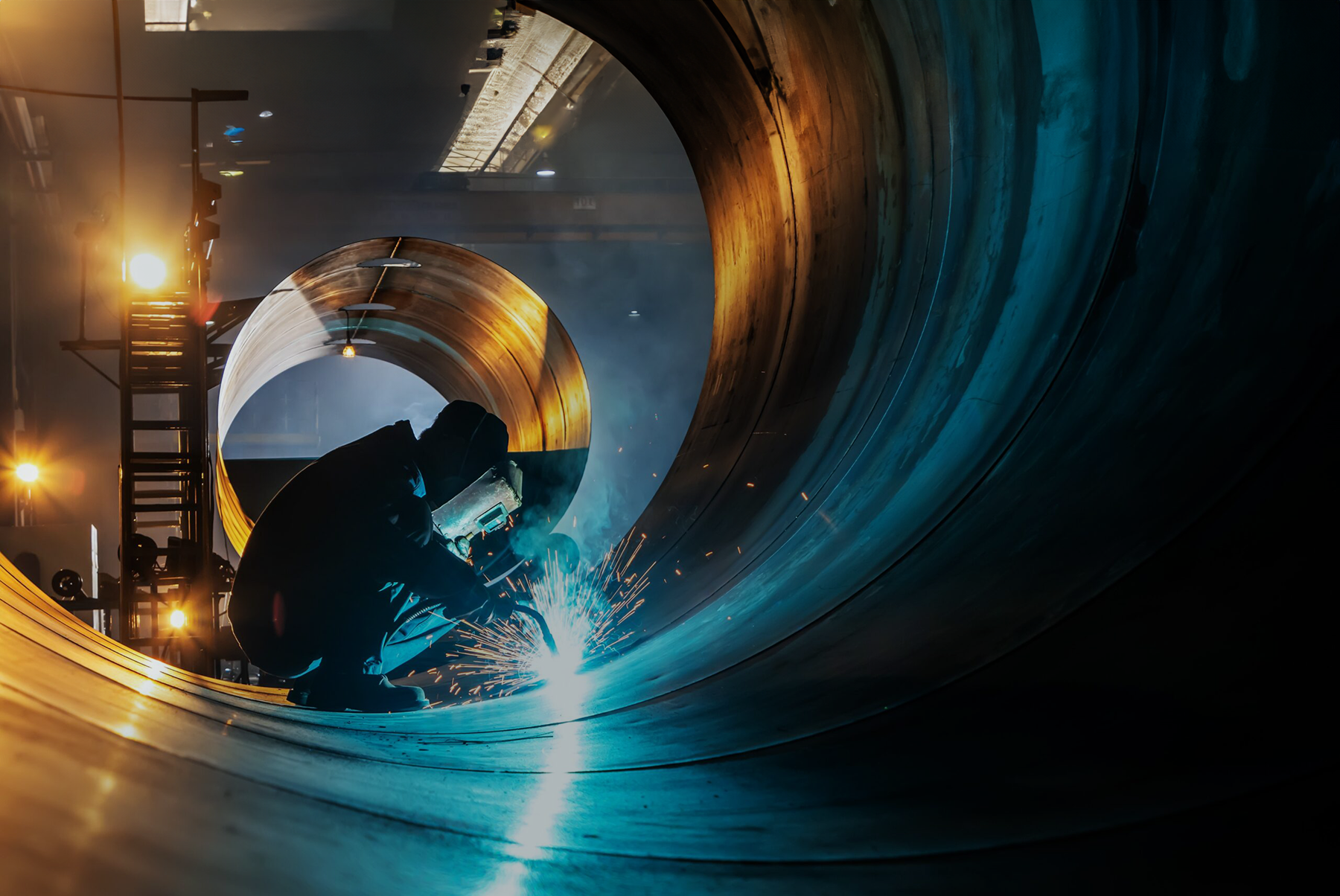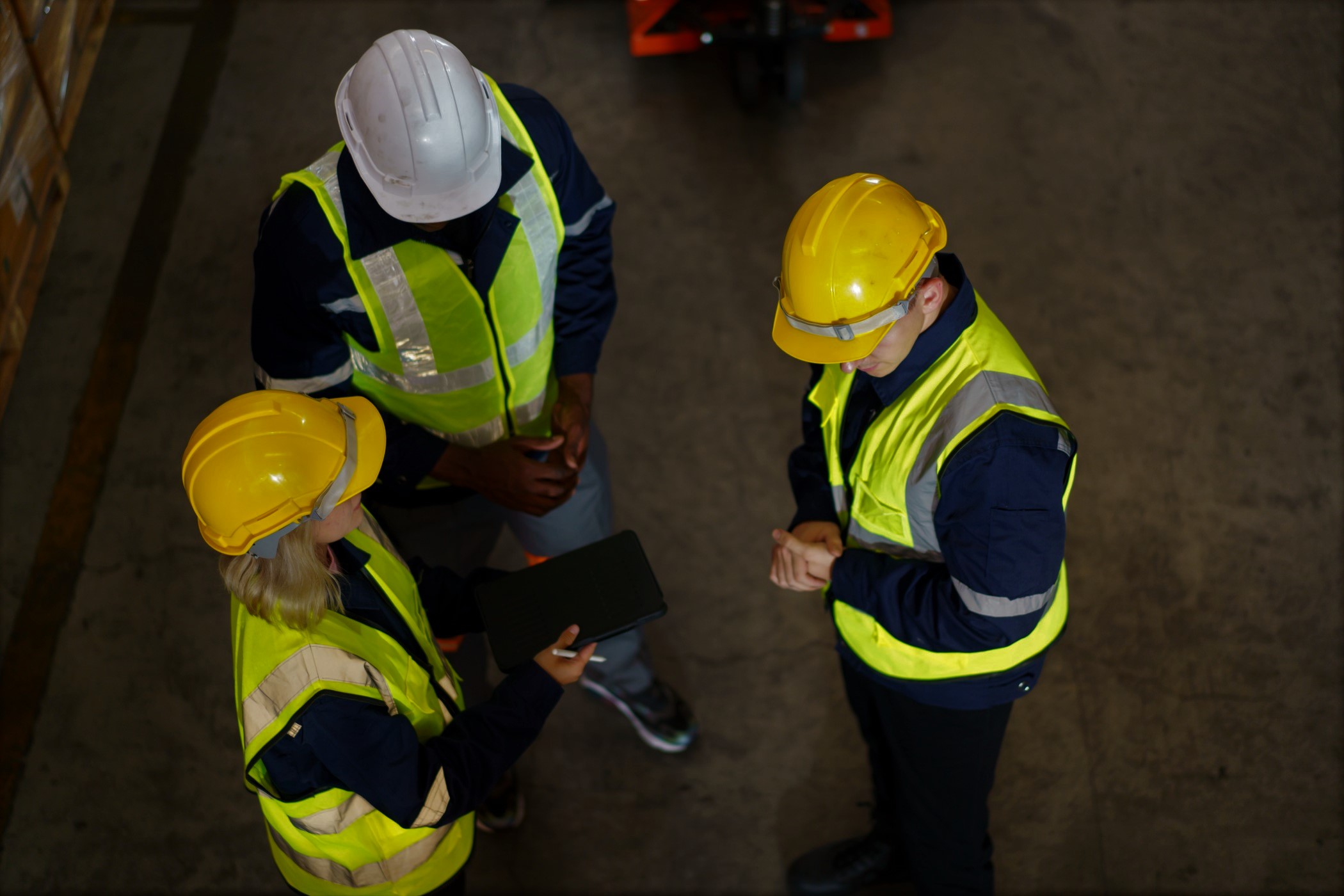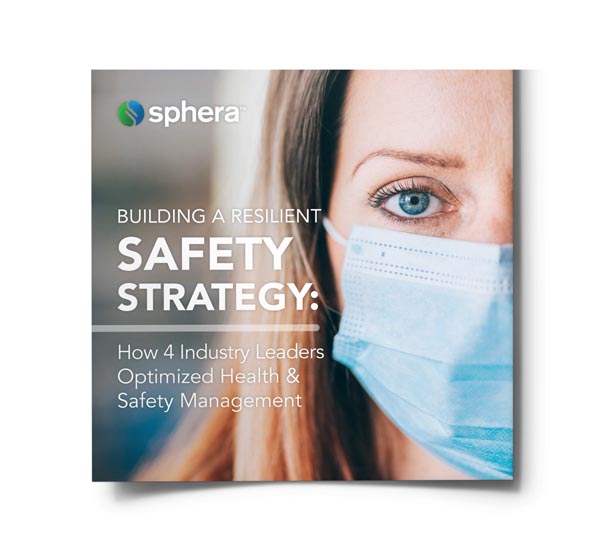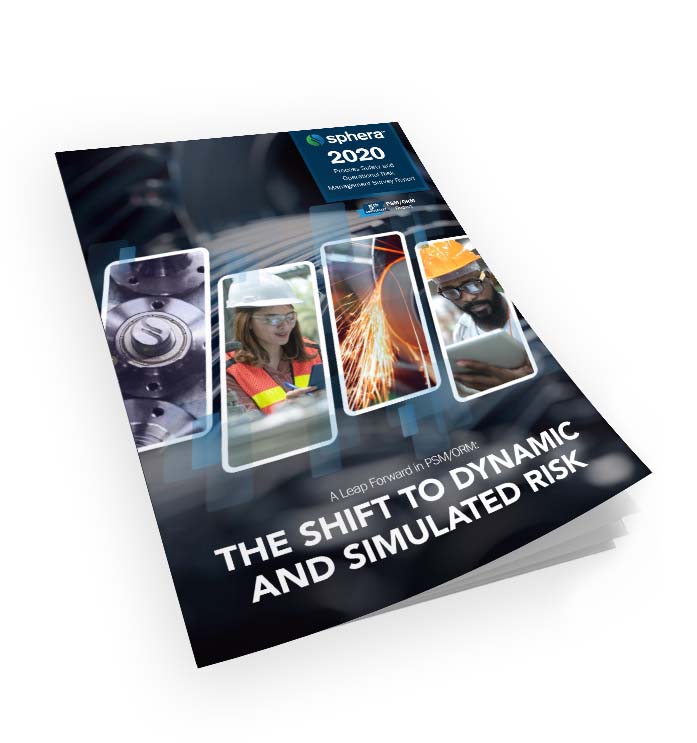On the second episode of “The Future of ESG Risk Management” podcast series, Alex Studd, product marketing manager at Sphera, is joined by Sphera solution engineers Andy Bartlett and Easton Snyder for a conversation on permit to work systems, simultaneous operations and virtual flags for identifying risk levels.
Listen to other episodes of “The Future of ESG Risk Management.“
The following transcript was edited for style, length and clarity.
Alex Studd:
Welcome to the SpheraNOW ESG podcast, a program focused on safety, sustainability and productivity topics. I’m Alex Studd, one of Sphera’s product marketers with a focus on operational risk management. And today, we continue “The Future of ESG Risk Management” podcast series, featuring our own Andy Bartlett from “Andy’s Almanac on Accidents.”
Andy is a solution engineer with over 40 years of process safety management experience. And today, our special guest is Easton Snyder, another solution engineer based in North Carolina, who has been consulting with companies on their safe work digitalization journeys since 2019. Welcome to the show, gentlemen.
Andy Bartlett:
Hey, nice to be here.
Easton Snyder:
Thanks for having us.
Alex Studd:
So, gentlemen, today’s episode is called “Is It Safe to Enter the Water?” What does that have to do with process safety, Andy?
Andy Bartlett:
Well, Alex, I’ll get to that in a minute. But first, let’s look at the water angle. So, during my life I’ve been an avid water sport user. Sailing, scuba diving and jet skis are my favorites, but I could never get the hang of windsurfing. Most countries with beaches and lakes have a system to inform users of the risk involved in entering the water on a particular day. The systems are similar, but when going to another country, a check should be made before entering the water. This can be done online using your mobile device before leaving home or at the water’s edge.
And what are we looking for? Well, a red flag indicates danger. Never enter the water under any circumstances if a red flag is flying. An orange windsock indicates offshore or strong wind conditions. Never use inflatables when an orange windsock is flying. And then there’s the green flag, meaning it’s safe to enter the water. One of the key points here is that when selecting the flags, the lifeguards have to perform a risk assessment, and they work to the guidelines of the United States Lifesaving Association in North America and the International Life Saving Federation in the rest of the world.
Let’s take a look at the similarities in the industrial world.
Alex Studd:
So, Andy, we’re asking the question: Is it safe to enter the production area to perform work? How do we view the operational reality of a facility if a red flag is displayed?
Andy Bartlett:
Yeah, well, that’s the link between the two. So, if we look in the past with paper-based permit to work systems, it was not easy to predict when risk levels had risen to a point where a virtual orange or red flag would be raised. Paper was not linked to any communication systems. Non-production operations personnel required permission to enter a production area; this is usually under a permit to work system. And the process hazards have a higher probability of occurring during infrequently performed operations, such as plant maintenance, startup and shutdown. And permit to work is an essential safety tool for identifying and controlling hazards during these operating modes.
A permit to work system requires following a safe work practice for non-routine operations, such as hot work, line opening, energy isolation, lockout/tagout (LOTO), confined space entry and many of the non-routine activities. Safe work practices and permits help ensure that the workers understand the hazards and take appropriate actions to manage risk when performing non-routine work activities. So, the red and orange flags can develop when the plant is running from process safety deviations in place. However, the majority of flags will be raised when work is being performed.
Alex Studd:
So, Easton, we’re talking about all these different colored flags. What determines the color of the virtual flag that’s in place?
Easton Snyder:
Yeah, that’s a great question, Alex. The color of the flag is typically determined by the combination of risks. With that, not every company or even every facility within a company is going to have a way or system in place to allow them to visualize, first off, all of their ongoing work and, second, that combination of the risk in an area.
When we start to talk about combined risk, we’re really looking at three things: safety risk, task risk and locational risk. So, as an example, a safety risk might be that your gas detector is out of service, raising a deviation. Your task risk could be a hot work permit—that’s going to raise an ignition potential. Pausing here, these two barriers alone might raise that yellow flag or that elevated risk that Andy’s talking about. But if there’s also a location risk or that combined third level—any kind of location risk that’s non-green, whether it’s due to environmental hazards or simultaneous operations—having all three of these combined risks can raise a red flag or a higher level of risk.
Now, red flags indicating a high level of risk are driven by the combination of multiple barriers. The combination of these risk barriers is often measured or identified using what a lot of people refer to as a “Swiss cheese barrier model.” Technology can start to play a really big role in that. So, while barrier models can be managed manually, linking them to your deviation systems, linking them to permit to work systems and linking them to LOTO systems starts to create a powerful synergy between the visualization of these risks.
Once you start to use those algorithms and technology, you’ll see that the barriers are often broken into eight categories: structural integrity, process containment, ignition control, detection systems, protection systems, shutdown systems, emergency responses and lifesaving equipment.
Alex Studd:
Well, Easton, I certainly like Swiss cheese. Andy, on a slightly serious note, how can we maintain a green flag?
Andy Bartlett:
That’s another good question, Alex. In the industries with hazardous work areas, such as refineries, oil rigs and mining and manufacturing facilities, technology and tools are available to identify and mitigate risk. There’s a process that’s been around for a long time from the ’50s—job safety analysis, job hazard analysis, task risk analysis, whichever you want to call it—that consists of hazard identification and risk assessment. Now, this can be a paper process, or it can be done with the technology available today. So, the hazards must be identified and the risk assessed with an understanding of the project scope, the work method, the tools to be used, the work party skills, the competence required and the process status.
When the risk is unacceptable, controls have to be put in place to specify and mitigate the control of the hazards that have been identified to an extent where the residual risk is acceptable. So, you would start off with maybe a red or orange flag, and by putting controls in place, you could bring it down to a green flag. That’s the theory.
If the risk is unacceptable, alternative approaches to the work method, type of tools, people involved, timing or locations should be developed. The key to this is the future, so you do this work ahead. You don’t do it the day of the job; you do it maybe a week before, and you say, “Okay, well, I can’t do all that work today because I’m going to have red flags.” So, with that right technology available, we have the ability to see the visibility of red flags to plan work in the future, and this allows us to manipulate the activities to keep the risk levels low and the virtual green flag in place.
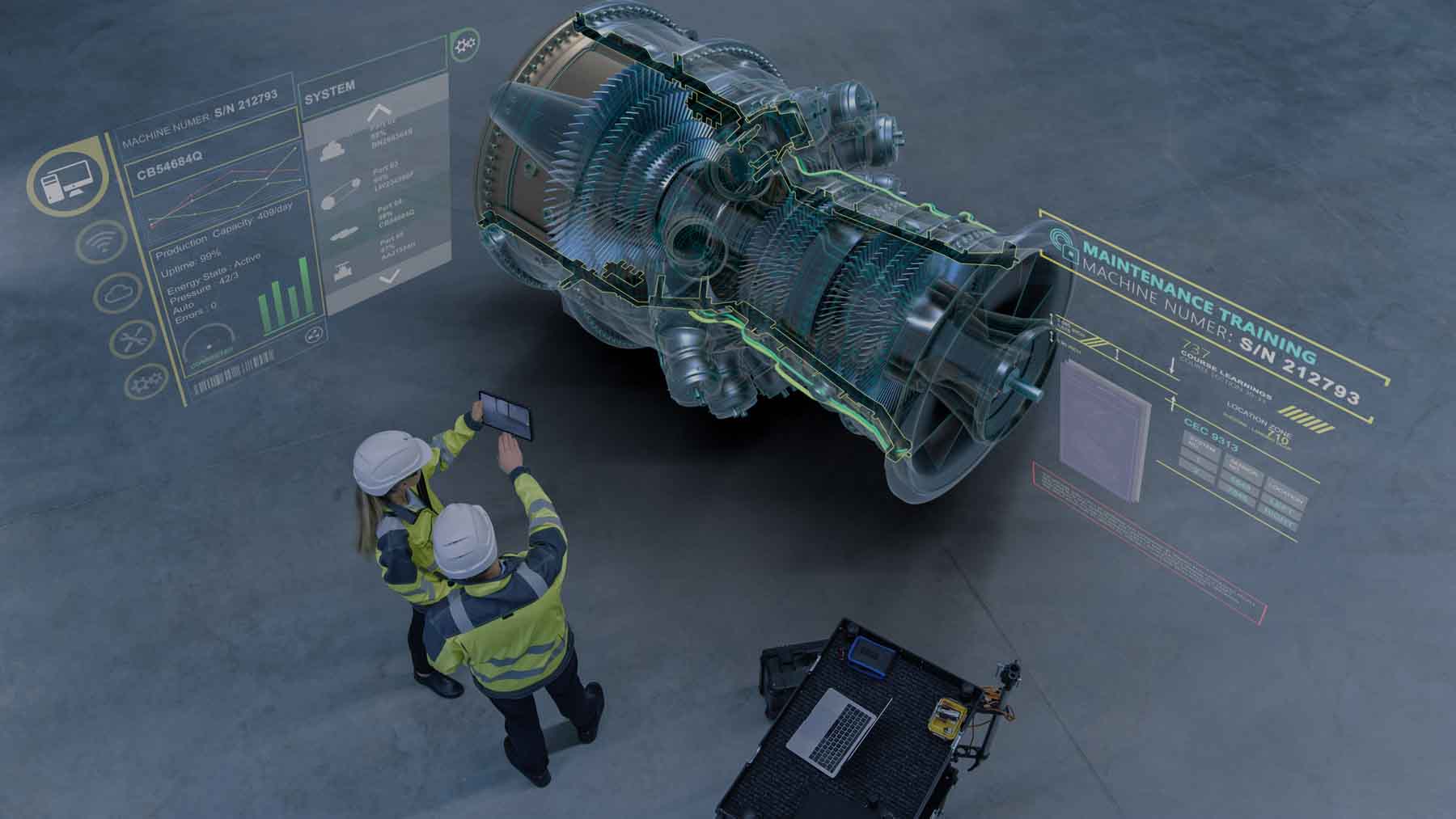
Alex Studd:
So, a lot of what you’re speaking to, Andy, is about visibility and transparency, and obviously that’s easier said than done. Easton, when work is actually being performed, are the people in adjacent units aware of which flag is in play?
Easton Snyder:
Another great question. Simultaneous operations (SIMOPs) can certainly raise a situation where there should have been a red flag. SIMOPs are basically multiple independent operations occurring at the same location at the same time. Now, events of one of these operations may impact the safety of persons or equipment of any of the other operations. So, start to think about when you’re potentially working at height. You might be working at an elevated location, not knowing there are other operations or tasks happening underneath you. If you drop a tool, you can immediately see that there is a risk presented to the people below you.
Typically, when we try to mitigate any hazard, we’re looking at five things. First off, the most effective way to do this is through elimination. Second is substitution. Third is engineering, then administration. And last is PPE. Elimination is the highest level of control we have, eliminating the hazard altogether, whereas PPE is the lowest—it’s our last line of defense.
Now, when we’re looking to mitigate any kind of simultaneous operational risk, we’re doing this somewhere in the middle. We’re doing this with our engineering and our administrative controls. Think about welding, for instance. We’re instructed when doing our welding to check our surroundings, have a fire-retardant blanket, etc. However, as humans, without the visibility, we might overlook SIMOPs where they might be breaking containment in a similar area. Now, if this is done at separate times, that’s fine. It might raise us a yellow flag. However, if these operations become SIMOPs and they’re done at the same time and they’re done in the same place, this is easily going to raise that red flag you’re referring to, Alex.
Alex Studd:
And so, obviously what you’re talking about here is technology—being able to get beyond the potential human error from a visibility standpoint. On that topic of technology, Andy, is there a way to know if a past incident that occurred would have raised a red flag if the right technology had been available at that time?
Andy Bartlett:
Oh, another good question, Alex. Yes. One incident sticks in my mind in a place I was involved in. There was a flash fire, which burned eight workers on a turnaround. I was a member of the investigation team. And when we went to look at what happened, there were six scaffold directors up on a scaffold and two workers removing bolts from a flange down below. It was a low point in the line.
When the bolts were loosened, the mixture of water and hydrocarbon started discharging. The release was let to continue, and a pool formed around the drain as it overcame the drain. Scaffolding workers in the same area got wet with the initial splash, but they remained in the vicinity of the release. The vapors ignited due to hot work nearby, and the flames traveled back to the pool and started to sustain fire. Four scaffold workers and one flange opener ended up in the hospital with burns.
So, if we’d had the modern technology and we were doing the plans, we would’ve seen that. Do we really want to be opening a flange on a line that might contain hydrocarbons on a shutdown when we are welding about 10 yards away? So, yeah, the modern technology should have raised the red flag if we had it in those days, but we didn’t.
Nowadays, we would hope that these types of jobs are planned ahead of time and they’re not scheduled together, so that when the job starts and we are doing the job, going and adding a line break job in close proximity to a hot work welding job would’ve raised the flag immediately: “No, that’s too high a risk level, we’d need to reschedule the job.”
Alex Studd:
Well, thank you for sharing that, Andy. What about you, Easton? Have you experienced an incident or incidents that have raised a red flag or would have raised a red flag if the technology had been in place?
Easton Snyder:
Oh yeah, certainly. We’ll continue on our theme: a red flag being raised if three barriers are impeded. We’ll talk about the process, the task and the location barriers. I know of a situation where a customer or a client was doing some welding on some pipelines, so that was their task. The location of this welding job was actually on top of a tank. So, you can start to see where this is going. These two things by themselves together can certainly raise you a yellow flag.
Unfortunately, in this situation the company was also under a time constraint—they were doing their annual shutdown. Typically, their process would be to empty out the tank, do atmospheric monitoring and ensure that everything is safe. However, due to the annual shutdown and time constraints, they simply put a fire-retardant blanket on top of the tank. Now, what they didn’t know, unfortunately, is that a valve was open on that tank. So, when they started a weld, the welding fumes ended up causing an explosion.
Our process here was not emptying the tank, our task was the hot work or the welding job and our location was on top of that tank. Had technology been in place, to go back to your point, Alex, all of these business-critical safety rules, such as the process, would’ve needed to be followed. Additionally, all of the barrier management—the Swiss cheese model we were talking about earlier—would’ve quickly raised that red flag, warning us that, “Hey, this could cause a major incident to occur.”
Now, I do hear that providing numbers often has a strong impact on people’s perception of a situation, so before this podcast I quickly Googled “incident reduction rate with technology,” and there are several different articles and studies out there. But from what I found, depending on the adoption, the verticals and how long it’s been implemented, companies are seeing anywhere from a 20% to 80% reduction in injuries and fatalities at their locations.
Alex Studd:
That’s interesting, Easton. Thanks for sharing that. I know we’re running out of time here. Andy, can you summarize?
Andy Bartlett:
To conclude, having the right tools in place capturing information correctly and assessing it properly to predict risk up front, to ensure the system is tailored to the business and preventing incidents, can reduce costs down the line and affect the environmental, social and governance (ESG) performance. It is now an essential metric for successful companies. Those with strong ESG performance produce higher returns on investments, lower risks and better resilience during a crisis. Poor safety performance can significantly affect the company’s reputation and stock price.
So, that’s it for today from me. Thank you.
Alex Studd:
That concludes episode two of our “Future of ESG Risk Management” podcast series. Thank you, Andy and Easton, both for your insights on this and for joining us on the SpheraNOW ESG podcast. We look forward to having you back again soon.
Easton Snyder:
Thanks again. Thank you for having me.
Andy Bartlett:
Yeah, thanks, Alex and Easton.
